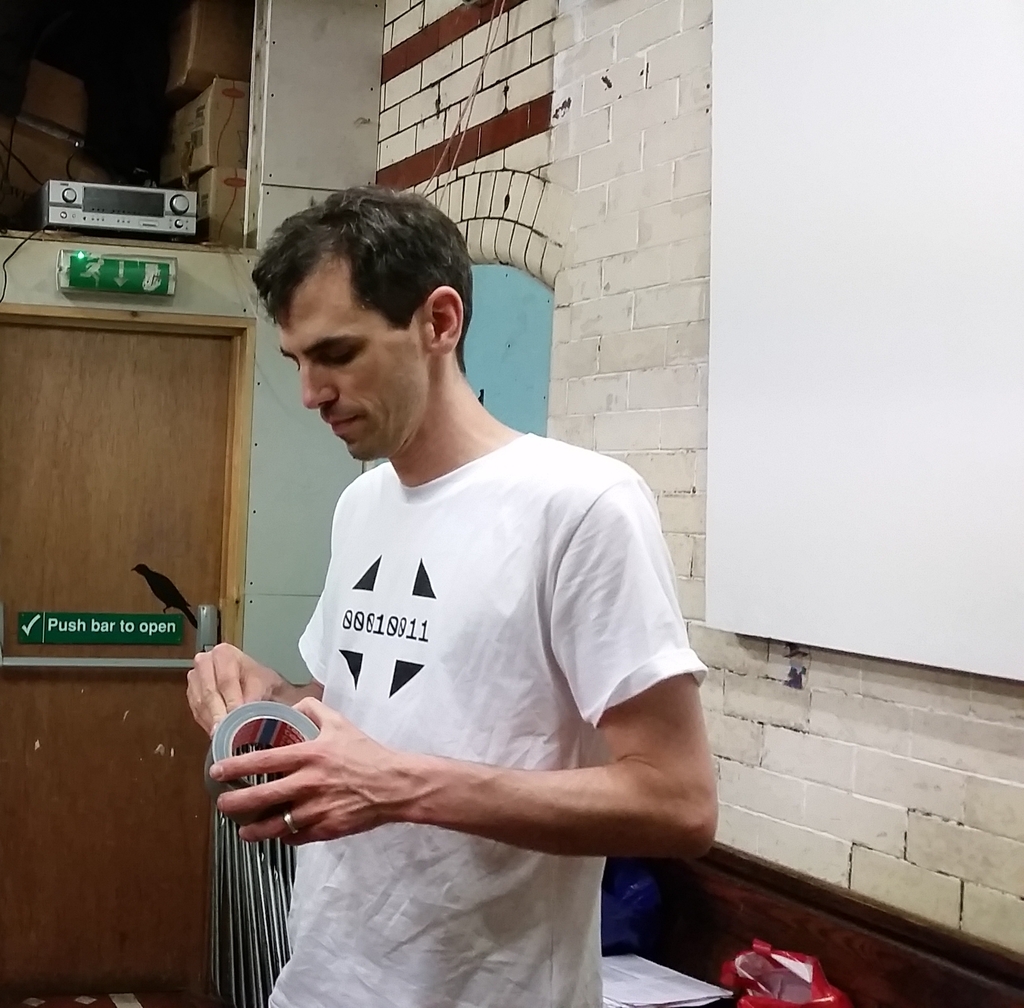Creative coding practices like live coding/algorave are often described by the media as being of the future. For example in 2019, wired magazine introduced live coding with the headline “DJs of the future don’t spin records, they write code”, despite publishing very similar articles previously in 2013 (“Hacking meets clubbing with the Algorave”) and 2006 (“Real DJs Code Live”). In reality, live coders are not DJs and are not trying to replace them! Live coding is just another way of making music and other time-based artforms like video and choreography.
So this talk is about the _past_ of live coding, rather than the future -- we'll look at algorithmic artforms developed over millennia. Weaving and braiding are classic examples, highly developed algorithmic crafts found all round the world, reaching astonishing complexity. We'll also look 'heritage algorithms' like bell ringing patterns, juggling patterns, konnakol vocal patterns, and kollam drawings, and equivalent contemporary practices like bytebeat, bitfield and tidalcycles patterns.
In the end we'll ask, what do we gain from seeing the latter in terms of the former? In particular, what do contemporary 'digital' artists have to learn from craft-based heritage algorithmic artforms?

